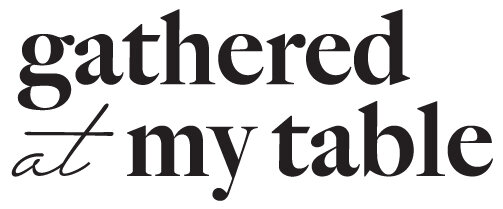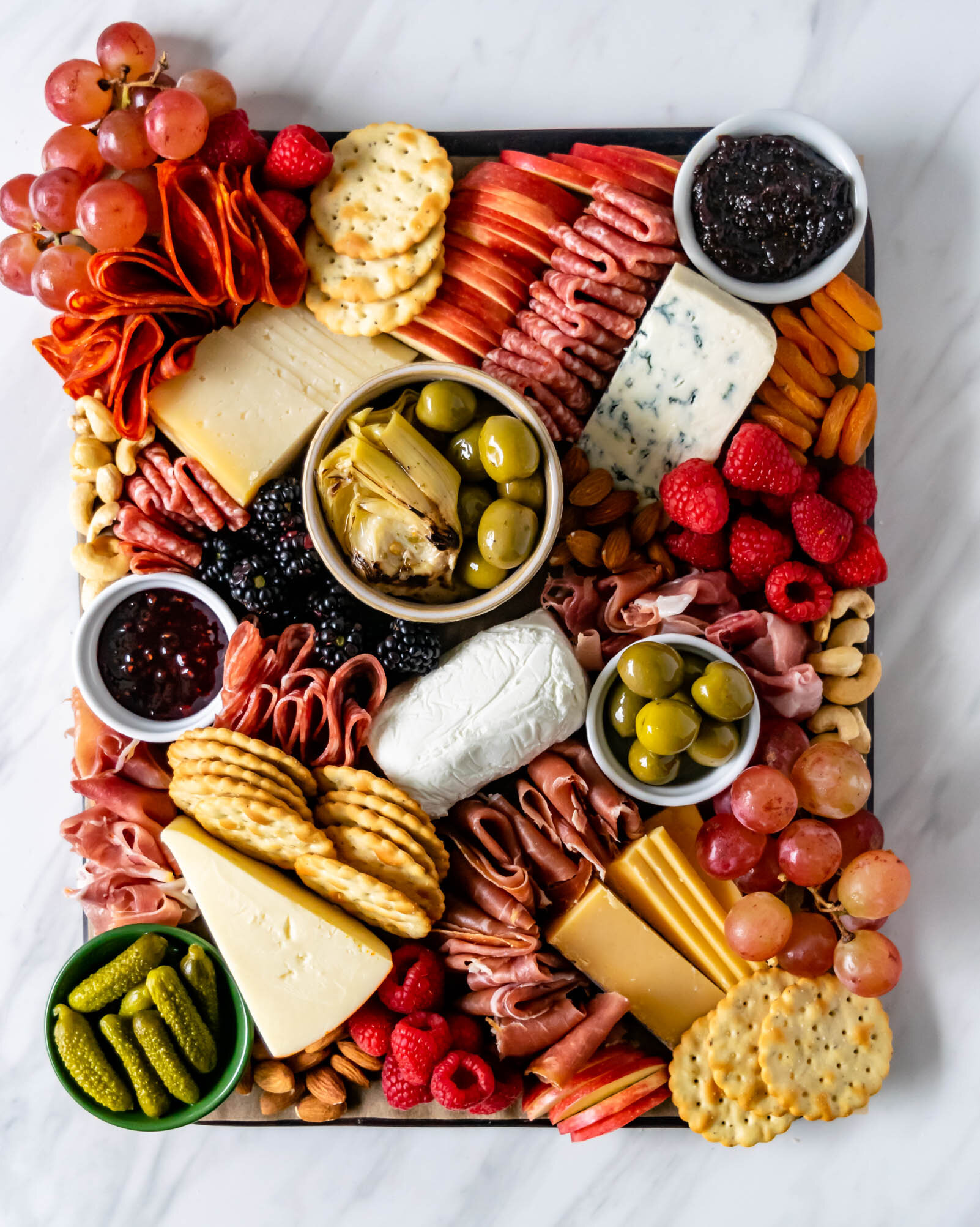Sangria Verde: A Green Juice Cocktail
/I know I’m a bit of an odd bird, but kale is one of my favorite foods. It’s definitely in my top five foods and I am always looking for ways to add kale to any and every dish in my kitchen. It’s so nutritious, exceptionally versatile, and I know it’s not popular opinion, but I think it’s delicious. A few months back, I went to out to dinner with Martin’s parents and my sister-in-law, Laura. I took them to one of our favorite Spanish-style tapas restaurants, one with really great patatas bravas and equally great cocktails. As I skimmed the cocktail list, a new, seasonal cocktail caught my eye because as I read the little menu blurb, I saw it had kale in it. Kale in my cocktail! I was sold. The drink was called a Sangria Verde and it was a vibrant green juice, filled with cucumbers, kale, and herbs, mixed with vodka and topped off with a citrusy, sparkly, white wine. It was bright and refreshing, slightly tart, with citrus notes and vegetal undertones.
It’s January 1st, and isn’t that what we all want? To keep drinking great cocktails, but feel a bit healthier while doing it? This is probably not a substitute for a run or a glass of water, but if you’re going to drink, adding a little kale isn’t a bad idea. Also, this recipe includes my favorite green juice recipe (no juicer required) and I suppose that if you weren’t into spiking it, you could just make the green juice and that would be a very healthy choice. For the rest of us, I recommend a bright, slightly citrusy white wine, like an Albarino, Vino Verde or Verdejo, with lots of salty and mineral notes.
Sangria Verde: A Green Juice Cocktail
Yield for green juice: approx. 32 oz
Yield for cocktail mix: 1 cocktail
Ingredients:
for the green juice:
juice of 1 orange
juice of 1 lime
3 small apples (I used Gala), cored and cubed
4 cups kale, packed
2 small Persian cucumbers
1” pinch of fresh ginger, peeled
small handful of mint leaves, from 2-3 sprigs of mint
3 cups cold filtered water
optional garnish: orange or lime slices and mint sprigs
for the mint simple syrup:
2 oz water
2 oz sugar
2-3 sprigs fresh mint
for the sangria verde:
1/2 oz mint simple syrup
1 oz vodka
2 oz green juice
3 oz dry white wine, such as Albarino or Vino Verde
Procedure:
to make the green juice:
In a high speed blender, combine all green juice ingredients. Blend on medium for 1 minute, and then increase speed to high and blend for 2-3 more minutes, until smooth and no large pieces remain.
Strain green juice through a fine mesh sieve or cheesecloth into a jar, bowl, or large glass measuring cup. Transfer to an airtight storage container (I used a large mason jar) and refrigerate. Juice will keep for 2-3 days in the refrigerator. (Be sure to shake well before using.)
to make the mint simple syrup:
In small saucepan set over medium heat, combine sugar and water. Stir gently and add mint sprigs. Bring to a boil and simmer until sugar is completely dissolved. Remove from heat and let cool to room temperature.
Once cooled, remove mint springs (strain if any debris remains) and store in the refrigerator.
to make the sangria verde cocktail:
In a small cocktail glass, stir together mint simple syrup, vodka, and green juice. Fill with ice and top with white wine.













